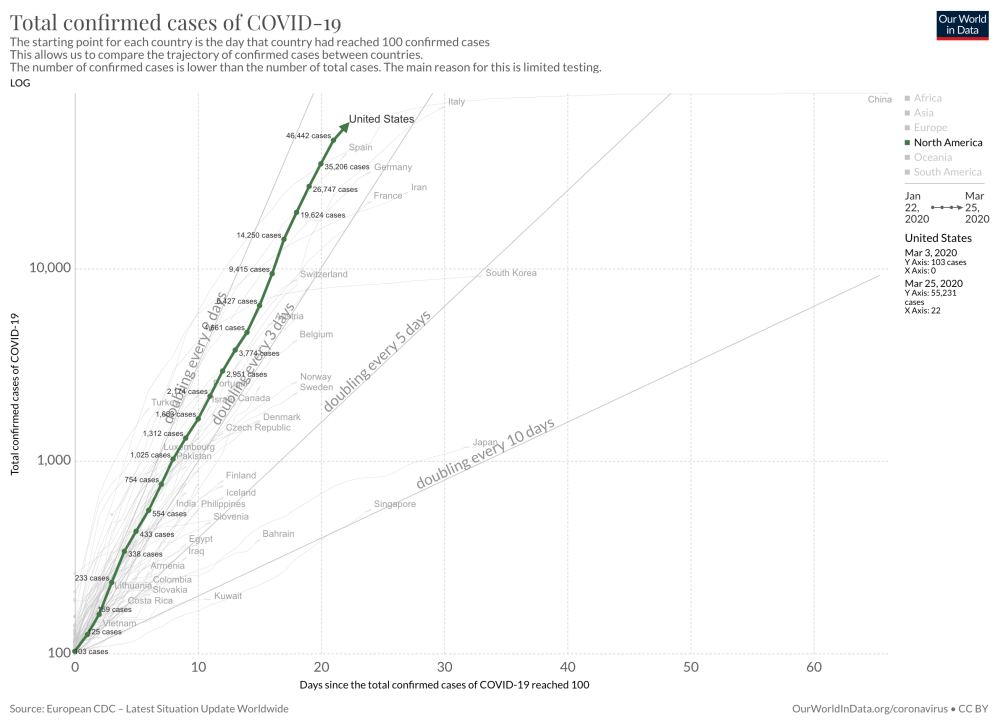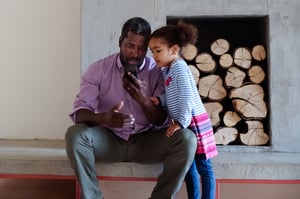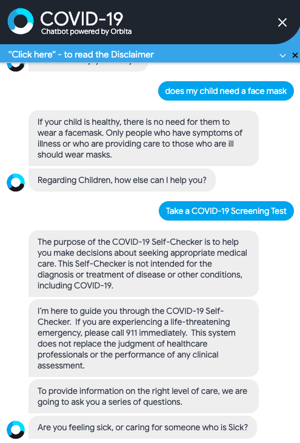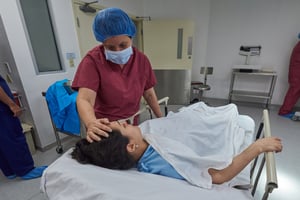
How CIOs can support front-line COVID-19 response
Health system CIOs are at the epicenter of the front-line response to scale our response to the COVID-19 pandemic. Call centers and emergency departments are overwhelmed with patients seeking information and care, while clinical teams and support staff are over-extended and at-risk of transmission.
How do we meet the demand for information and care? What are our priorities and where do we start?
First and foremost, we need to keep our caregivers and staff safe. We can do this by providing digital triage to keep our system from becoming overwhelmed, while providing information and comfort to people in our community who have the most need. With the right communication channels and triage in place, we can effectively reduce unnecessary exposures and manage the right levels of care proactively: and for ALL populations, not just the digitally literate and well-resourced.
A huge opportunity exists to communicate with the community effectively and support concerns of different populations at tech-enabled scale. It helps to break these into a few distinct groups:
 The “worried well” who are nervous and want to educate themselves on the pandemic, know what to look for, how to care for loved ones, and how to adapt their lifestyle and behaviors
The “worried well” who are nervous and want to educate themselves on the pandemic, know what to look for, how to care for loved ones, and how to adapt their lifestyle and behaviors - The symptomatic patients who need to know when they should be seen, routinely checked in on with wellness checks and tracking, and who need to be reassured when healing and recovering at home
- The at-risk patients who often have unique needs that need to be addressed in specific ways, and last but not least
- Front-line employees and staff that need to be frequently engaged with wellness checks to maintain their health and wellness in serving the public
Start with a systematic approach enabled by tech to scale:
 For your worried well population, empowering them with a broadly-available web-based chatbot hosted at your organization’s website is a powerful and quick way to immediately show presence and responsiveness while creating calm by educating them on what to be thinking about. This screening and triage tool, coupled with a robust knowledge base is able to direct patients to custom endpoints, directing them to virtual visits, specific call centers for at-risk or symptomatic populations, or emergency response centers.
For your worried well population, empowering them with a broadly-available web-based chatbot hosted at your organization’s website is a powerful and quick way to immediately show presence and responsiveness while creating calm by educating them on what to be thinking about. This screening and triage tool, coupled with a robust knowledge base is able to direct patients to custom endpoints, directing them to virtual visits, specific call centers for at-risk or symptomatic populations, or emergency response centers. - For symptomatic patients, it is critical to support and empower low-acuity patients to recover at home in isolation, while routinely checking in on them to ensure that if there are any escalations or changes in their condition that they are immediately addressed. It is critical to provide these health checks in accessible ways that older or less digitally savvy populations and those in lower-resourced environments can engage. This can be done via notifications sent via SMS text and/or outbound calls to analog phones and landlines that launch screening questions and can direct them to specific information and endpoints.
- At-risk patients have very specific considerations: health checks provided with chatbots and voicebots delivered over the phone, SMS, and mobile provide access to population-specific patient education on the impact of COVID-19 on their condition and tips on preparedness. A robust knowledge base empowers them to prevent and protect against infection, while also knowing what they should do given their specific needs.
- Front-line employees and staff can be supported with routine wellness checks that provide resources, support, and screening for symptoms. Employee wellness checks are delivered via SMS and can launch chatbots on the employee’s smart phone, giving a personalized screening and support experience and to triage employee issues to help desk and command centers as appropriate. This empowers employers to stay abreast of keeping their employees healthy to deliver critical health services as we work together to fight COVID-19.
 COVID-19 infection does not discriminate whether someone is providing clinical support on the front lines, lives in a senior care facility, or is an engineer supporting ventilator production. By providing tech-enabled support through screening, triage, and health check tools, COVID-19 response leadership and CIOs are empowered to succeed in getting in front of this unprecedented crisis.
COVID-19 infection does not discriminate whether someone is providing clinical support on the front lines, lives in a senior care facility, or is an engineer supporting ventilator production. By providing tech-enabled support through screening, triage, and health check tools, COVID-19 response leadership and CIOs are empowered to succeed in getting in front of this unprecedented crisis.
 Lead image source: Visual Capitalist
Lead image source: Visual Capitalist
